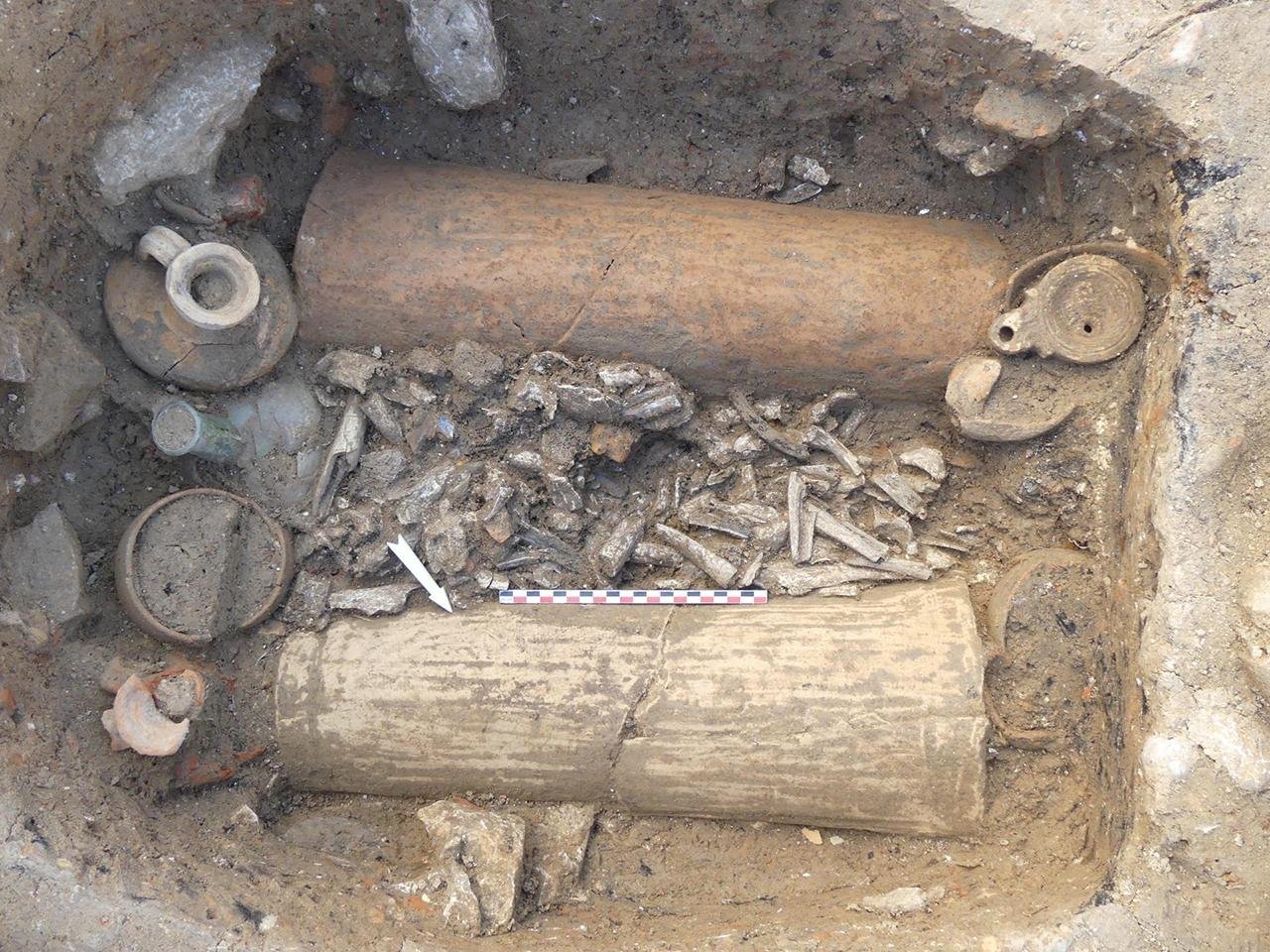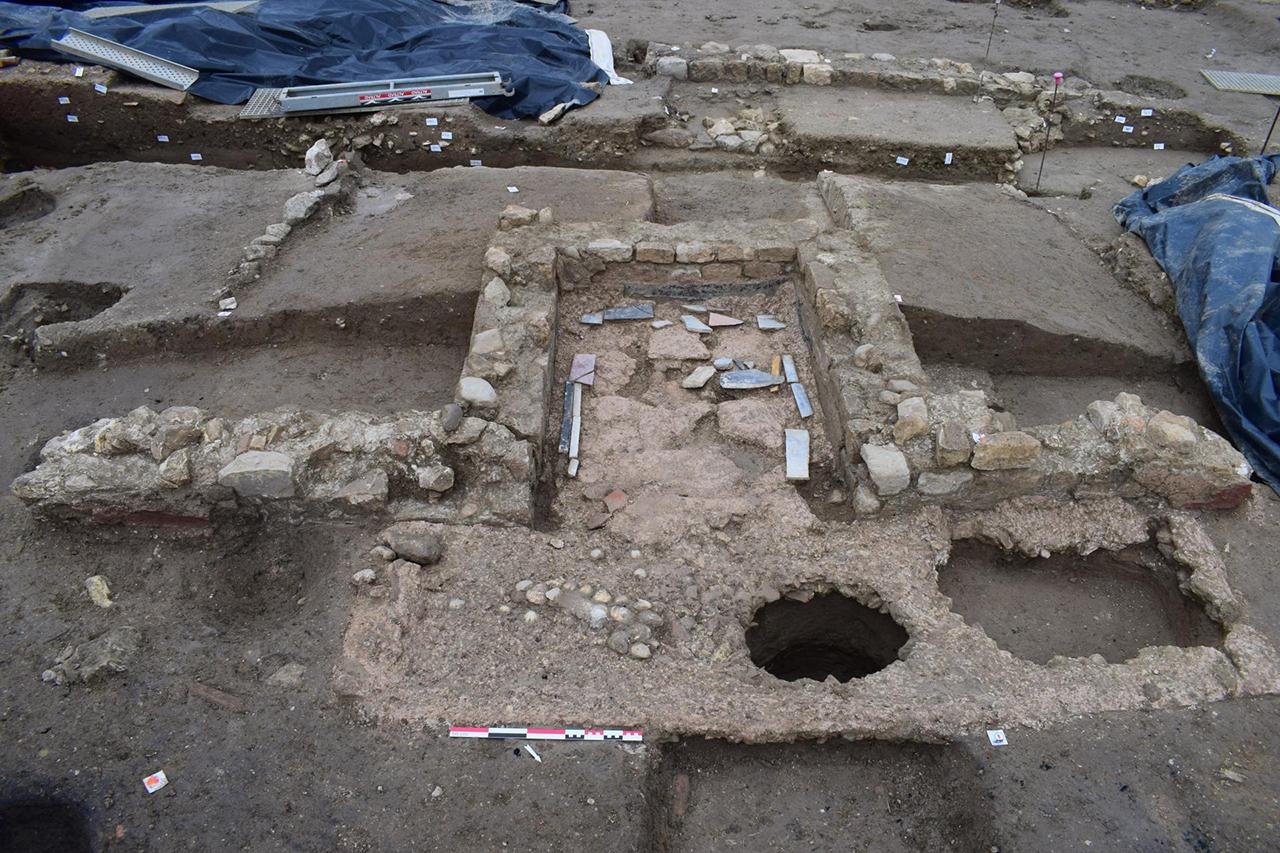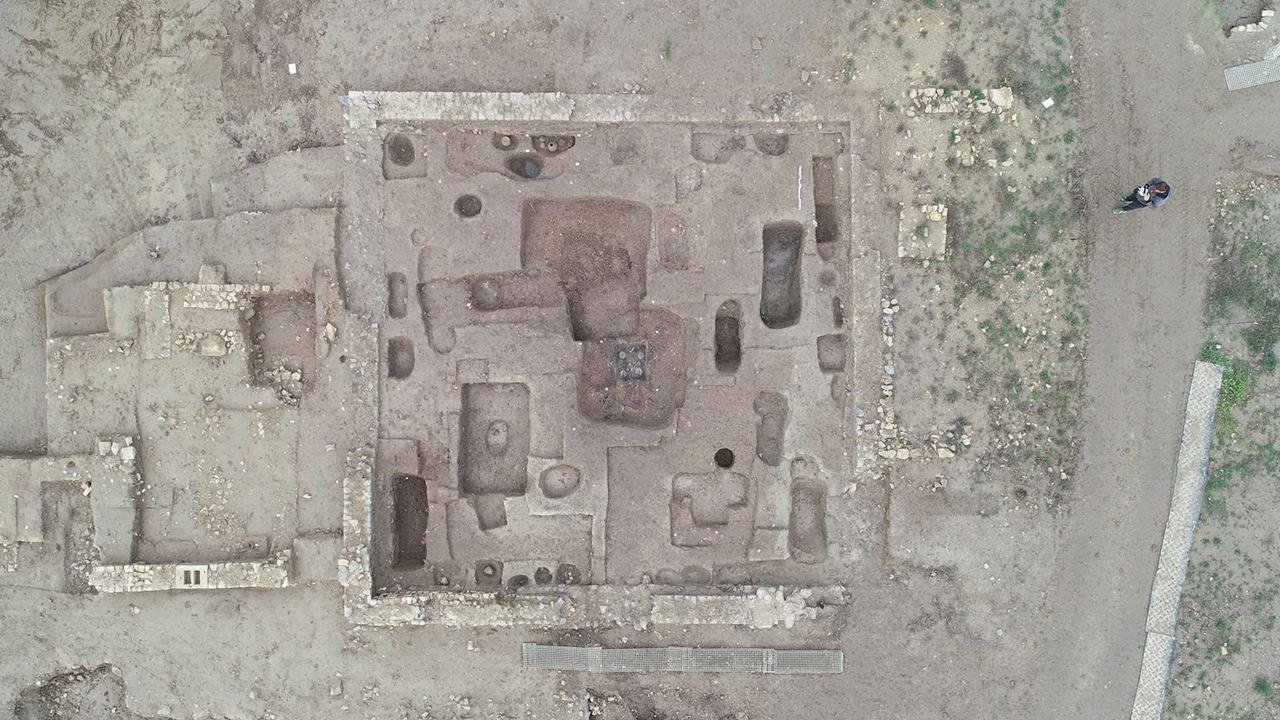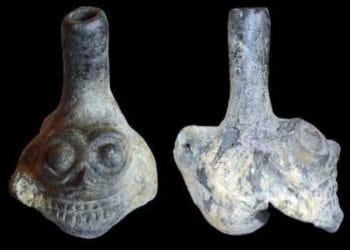Archaeologists in Narbonne, France, have concluded an extensive excavation project revealing a significant ancient Roman cemetery dating back from the late 1st century BCE to the early 3rd century CE. The excavation spanned over seven years and yielded 1,430 graves.

The cemetery, known as the Robine necropolis, lies in southern France and was discovered during excavations preceding construction work in the area. The meticulously organized burial plots, enclosed by high stone walls erected around CE 50, reflect the evolving nature of funeral practices over time.
The site offers a mosaic of burial methods: children were predominantly buried, while adults were mostly cremated. Cremation was the most common funerary treatment, with the deceased burned on pyres before burial, often accompanied by offerings such as vases, balsams, lamps, coins, and jewelry.

According to the French National Institute of Preventive Archaeological Research, most of the buried individuals were of lower socioeconomic status, including freedmen of Italian origin, plebeians, and enslaved individuals.

One notable aspect of the cemetery is the evidence of funerary feasts held by families to honor their deceased loved ones. Archaeologists uncovered remnants of these banquets, including charred food items like dates, figs, cereals, and bread, suggesting a ritualistic practice akin to the Roman festival of “Parentalia.” This annual event, culminating in the “Feralia” on February 21st, involved families gathering at gravesites with offerings for the departed.
The excavation also revealed the presence of libation conduits, rare underground tubes through which offerings were made to the deceased, symbolizing the continuation of familial ties beyond death. These conduits, found in nearly half of the cremation graves and a quarter of the secondary deposits, underscore the significance of ancestral veneration in ancient Roman society.

Structures unearthed at the site, including banquet beds and masonry enclosures adorned with marble funerary plaques, provide further evidence of the elaborate funeral customs practiced by the inhabitants of Narbonne. The necropolis’s strategic location, situated to be visible and memorable to the living, reflects the importance of commemorating the dead within the community.

Dr. Valérie Bel, responsible for archaeological research at Inrap and overseeing the operation, described it as “an exceptionally important discovery” and a reference site for studying ancient funeral practices.
The comprehensive excavation, comprising 1,880 structures across 54,000 square feet (5,000 square m), represents a collaborative effort involving numerous stakeholders, including state services, regional authorities, and local institutions.

The artifacts unearthed, ranging from ceramic vessels and glassware to jewelry and amulets, will be transferred to the Narbo Via Museum for public display, with an exhibition slated for 2026.


























